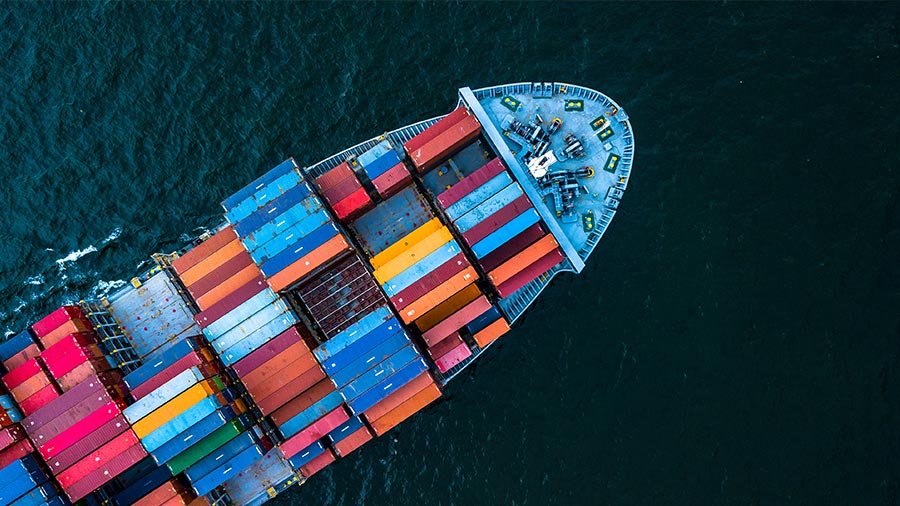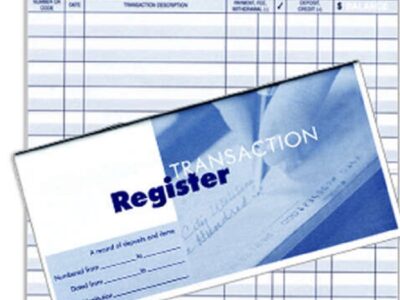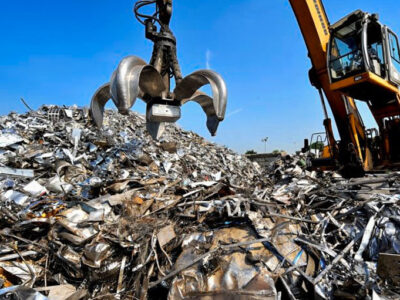
Import from China to Europe has grown in popularity in recent years due to the accessibility of a wide selection of premium items at affordable rates. However, understanding the import procedure can be challenging as it calls for careful planning and adherence to several laws and regulations in both countries. Understanding a step-by-step approach for importing items from China to the European Union (EU) provides a simple and effective importing procedure.
Step By Step Guide
Identify the Product and Research
Choosing the product, you want to import from China to Europe should be your first step. Do a thorough market analysis to determine the demand level for the goods in the EU. Consider elements like market trends, potential competitors, and laws unique to the product category.
Find Reliable Suppliers
Finding trustworthy suppliers is essential for a prosperous import business. To contact Chinese vendors, use websites like Alibaba, Global Sources, or trade fairs. Verify their legitimacy, quality accreditations, and client testimonials carefully. It is recommended to request product samples to evaluate their quality.
Determine Import Regulations and Tariffs
Learn about the import rules and taxes that apply to your product in the EU. The Union Customs Code (UCC), which the European Union established, specifies the steps and prerequisites for importing products. Ensure adherence to product standards, labelling requirements, documentation requirements, and safety laws. Also, figure out the necessary duties and taxes to calculate the total landing cost of the imported products.
Choose the Right Incoterm
The responsibilities and obligations of the buyer and seller in a global commercial transaction are specified by Incoterms (International Commercial Terms). Depending on your unique requirements and amount of involvement in the shipping process, choose the appropriate Incoterm, such as EXW (Ex Works), FOB (Free on Board), or CIF (Cost, Insurance, and Freight). The allocation of expenses, insurance, and duties between the parties will be determined by this.
Arrange Shipping and Logistics
Work with shipping companies or goods forwarders to arrange the shipping for import from China to Europe. Obtain quotations for several shipping methods while taking reliability, cost, and transit time into account. Make sure that the shipping agent receives exact copies of all required paperwork, such as commercial invoices, packing lists, and bills of lading.
Customs Clearance and Duties
Your items will go through customs clearance when they arrive in the EU. The commercial invoice, packing list, bill of lading, and any certificates or licences particular to your product category are among the necessary documents that must be prepared. To ensure a seamless customs clearance process, pay all required charges and taxes. Employing a customs broker or a sourcing agent helps streamline the procedure and guarantee adherence to customs laws.
Transport and Delivery
After customs clearance arrange for your goods’ final transportation to their EU destination. Work with a nearby shipping company or logistics service to handle the last-destination delivery. Track the shipment to ensure it arrives on time and take care of any potential problems right away.
Transit Time from China to Europe
Depending on the transit mode selected, the time it takes to import from China to Europe can change. There are typically three main modes of transportation –
- The quickest method is air freight, which normally takes 1 to 7 days for products to arrive in Europe. It is perfect for time-sensitive or high-value shipments.
- The most popular option is shipping goods by sea, although it requires more time—typically between 15 and 45 days. Large shipments can be transported cheaper.
- A more recent option that strikes a balance between speed and cost is rail freight. Rail transport of products from China to Europe typically takes 10 to 20 days.
The specific duration will also depend on factors such as customs clearance, distance, and any unforeseen delays. It is essential to consider these transit times when planning your import activities.
Importing from China to Europe can be a lucrative business opportunity, but it requires careful planning and adherence to import regulations. By following this step-by-step guide, you can navigate the process successfully.






